The idea of digital meetings is no longer limited to being an alternative to traditional meetings, but has evolved into a strategic tool that enhances cooperation, shortens distances, and saves time and effort. But have you ever wondered how technology can make these meetings more productive and influential?
You can continue reading this article to learn more information.
About Digital Meetings and Their Role in Modern Work Environments
Digital meetings are defined as a type of meeting held using digital technology, where individuals or teams meet online instead of physically meeting in a specific place. Digital meetings use a set of tools and technologies to provide a virtual environment that enables participants to communicate and share information and decisions in an effective and fast way.
Digital meetings have many characteristics, including:
Remote communicationDigital meetings do not require participants to be in the same location, making them ideal for companies with multiple branches or teams that work remotely.
Use of modern technologyIt relies on dedicated software and tools such as Zoom, Microsoft Teams, and Google Meet, which provide multiple features such as screen sharing, meeting recording, and breakout meeting rooms.
Flexibility of time and place: It can be held at any time that suits the participants, making it easy to coordinate between teams with busy schedules.
Instant interactionIt provides an environment for instant communication, whether by voice, image or written text, which enhances the speed of decision-making.
low costCompared to traditional meetings, digital meetings reduce travel and accommodation costs, and help save time.

Important Statistics About Digital Meetings
According to a 2024 study by Statista, the number of digital meetings has increased by 250% since 2020, driven by the massive shift to remote work with the hungry. Reports also showed that around 80% of large companies now rely on digital meeting tools as part of their digital transformation strategies.
Studies show that virtual meetings have reduced travel costs by 75% in global companies. These figures reflect the growing importance of digital meetings and their pivotal role in changing traditional work methods.
Digital tools evolve to improve meetings
There are several important tools that you can rely on to improve the digital meeting experience, including:
Zoom platform
Zoom is one of the most prominent tools that have contributed to enhancing virtual meetings. Thanks to its easy interface and advanced features such as screen sharing, recording meetings, and providing virtual backgrounds, Zoom has become the first choice for many organizations. The platform also supports its integration with applications such as Google Calendar and Slack to facilitate better organizing and coordinating meetings.
Loom Tool
Loom stands out as an innovative tool for recording meetings or instructions into a video format that teams can watch at the right time. Loom offers an effective solution to overcome time challenges and enhance collaboration between teams.
Krisp Tool
Krisp relies on AI technologies to remove ambient noise, making meetings more focused and effective. Using Krisp with platforms like Microsoft Teams and Zoom helps improve the meeting experience and promotes clear communication between teams.
Camo Tool
Camo offers an innovative solution for those looking for a professional video experience in digital meetings, by using smartphone cameras as high-quality webcams. This tool contributes to enhancing the digital meeting experience, especially when visual communication is necessary.
Calendly Tool
Calendly improves meeting management by providing an easy way to set appointments and schedule meetings. The tool reduces the complexities associated with coordinating appointments, saving time and effort.
The role of digital transformation in improving meetings
Digital transformation is not just the use of technology, but rather a comprehensive strategy aimed at improving operations, including digital meetings. Digital transformation helps digital meetings in:
Enhance efficiency:With tools like Zoom and Loom that facilitate instant or asynchronous communication.
Increase productivity:With technologies like Krisp that reduce distractions and provide a quiet working environment.
Achieving flexibility:With tools like Calendly that make organizing meetings easier.
DocSuite is a prime example of how digital transformation can completely change the concept of meetings. The system provides an integrated platform that combines document management and administrative communication organization. It also relies on artificial intelligence to ensure process automation and save time, allowing teams to focus on core tasks instead of getting bogged down in technical details.
Tools for organizing ideas and measuring the performance of digital meetings
When moving to digital meetings, it becomes necessary to use specialized tools to organize ideas and measure the performance of participants and meetings in general. These tools contribute to achieving maximum effectiveness and productivity by documenting ideas, managing time, and analyzing results.
These tools help organize ideas during digital meetings, including:
digital whiteboards
Examples: Miro, Jamboard, these tools allow you to create an interactive mind map or idea board that participants can collaborate on in real time.
Task management software
Such as: Trello, Asana, this type is used to document ideas, link them to work plans, and follow up on their implementation after the meeting.
Digital Brainstorming Tools
These include MindMeister and Coggle, which help organize ideas in a visual way that shows the relationships between different topics.
Share documents
Tools like Google Docs, Notion, allow you to write down key points directly and share them with all participants.
And to measure the performance of digital meetings,Performance measurement helps in analyzing the quality of the meeting and determining the extent to which the pre-set goals are being achieved. This includes evaluating the participation of the attendees, their commitment to time, and the quality of the decisions made. One of the most important tools for measuring the performance of meetings is MThe following:
Meeting Analysis Software
Examples: Zoom Analytics, Microsoft Teams Insights These tools measure meeting duration, number of participants, and degree of engagement through microphones and chat.
Polls and Surveys
Example: Slido, Mentimeter, used to collect participant feedback on the quality of the meeting and how well the goals were achieved.
Task and follow-up reports
Examples: ClickUp, Basecamp, show the extent to which tasks agreed upon during the meeting are being implemented.
Digital Meeting Challenges and Solutions
Despite the great advantages that electronic meetings provide, they come with a set of challenges that may hinder the achievement of their goals if they are not managed effectively. However, modern technology offers innovative solutions to these challenges, making it possible to overcome them and get the most out of digital meetings. The most important challenges are the following:
Poor personal communication and human interaction
One of the biggest challenges in virtual meetings is the loss of direct human contact, as participants lack the face-to-face interaction that fosters understanding and increases enthusiasm. This can lead to decreased engagement and focus.
To overcome this challenge, tools such as:Zoom and Microsoft Teams offer features like high-quality video and interactive illustrations, and taking time at the beginning of the meeting to greet participants or add an icebreaker activity can help improve communication and build stronger human connection.
Poor technical infrastructure
Online meetings rely entirely on technology, making them vulnerable to internet connection quality or hardware issues, which can lead to meetings being interrupted or delayed, reducing their effectiveness.
The solution lies in investing in a strong technical infrastructure, including high-speed internet connection and advanced hardware. Furthermore, tools such asKrisp to improve audio quality with noise cancellation, and Camo to improve video quality using smartphone cameras.
Effective time management
Online meetings can be less productive due to poor time management, as side discussions or an unclear agenda consume valuable time without achieving specific goals.
This challenge can be overcome using a tool like:Calendly to coordinate meeting times in advance and ensure clarity of the schedule. It is also preferable to set a precise agenda before the meeting and share it with everyone to ensure that the desired goals are achieved efficiently.
AFor security and privacy
With the increasing reliance on online meetings, data and information exchanged between teams has become vulnerable to cyber attacks, raising privacy concerns.
The security of digital meetings can be enhanced with tools such as:Zoom provides encryption features and sets passwords for participants, and you can also rely on advanced systems such as DocSuite, which ensures data protection through cybersecurity and artificial intelligence technologies.
Decreased concentration during long meetings
Long online meetings can leave participants feeling tired and unfocused, known as “Zoom fatigue.”,The solution is to break meetings into shorter, more focused parts that can improve the level of interaction. In addition, tools such asLoom to send short recordings that summarize important points instead of long meetings.
The challenges facing digital meetings are just obstacles that can be overcome by employing the right tools and improvement strategies. As technology evolves and awareness of the importance of digital transformation increases, organizations can overcome these challenges, ensuring effective and productive meetings that further support business goals.
Training teams on digital meeting tools
The success of digital meetings often depends on the teams’ mastery of the tools used, so it is preferable to provide regular training for employees on using different platforms such as Zoom and Microsoft Teams, in addition to support applications such as Notion to document important points during the meeting.
Digital meetings have become an integral part of education and training. A section could be devoted to explaining how these meetings are used in organizing workshops, remote training, and communication, mentioning tools such as Google Classroom and Blackboard Collaborate that support this area.
Digital tools play a vital role in enhancing digital meetings, enhancing organizations’ ability to collaborate and be productive. As these tools evolve, digital transformation becomes an essential part of corporate strategy. Integrating DocSuite with these tools provides an integrated experience that enhances the effectiveness of digital meetings and makes them more professional and secure.
 التحول الرقمي بيئة متكاملة لإجراء الاجتماعات الرقمية بسهولة وفعالية
التحول الرقمي بيئة متكاملة لإجراء الاجتماعات الرقمية بسهولة وفعالية
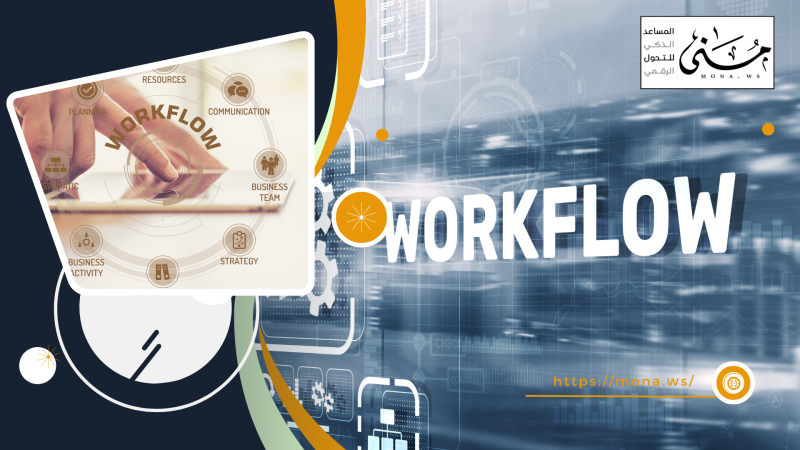
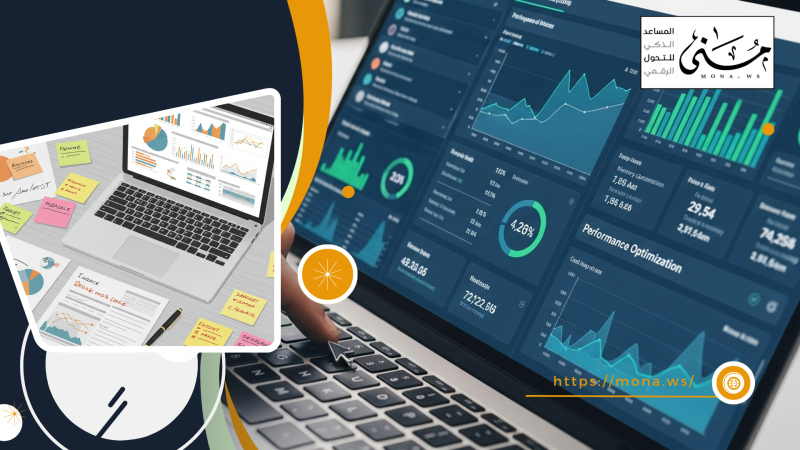



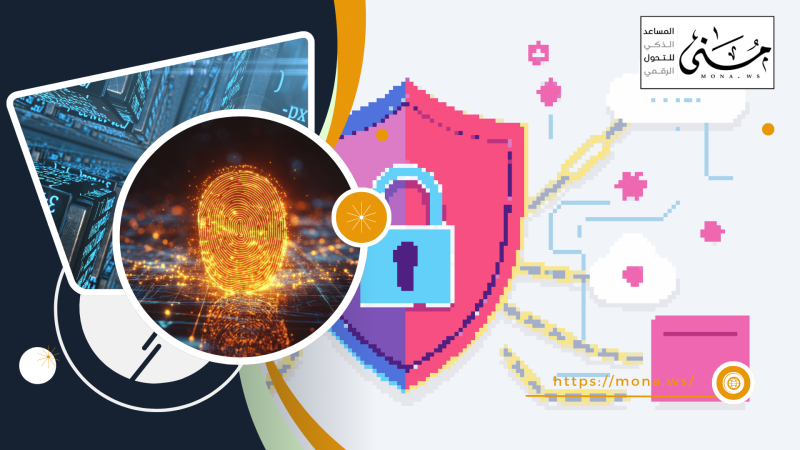
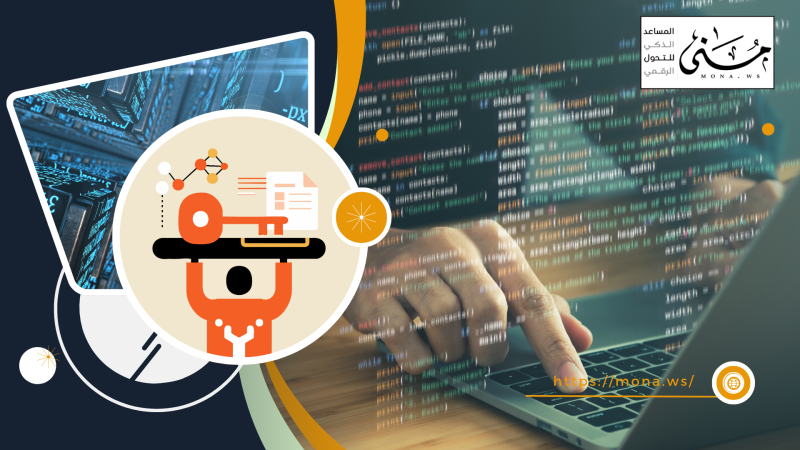
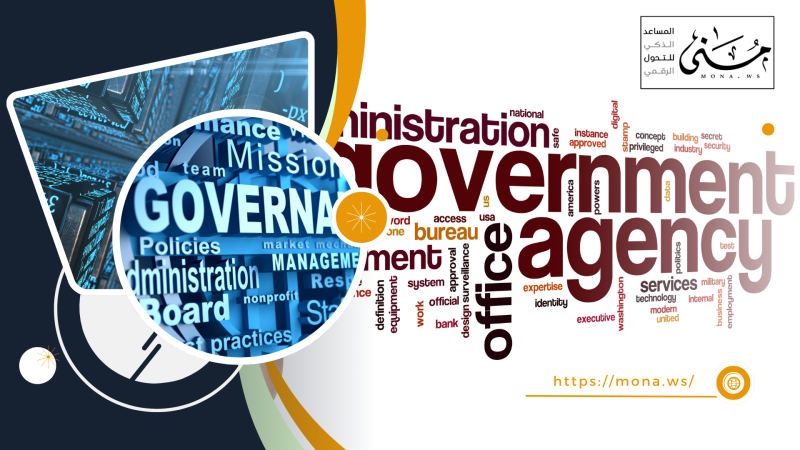



Comments
Add New Comment